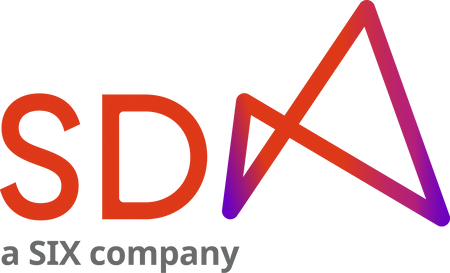INTEROPERABILITY – WHAT for?
In 2025 – 2027, approximately USD 24TN of financial assets are expected to be tokenized – as Digital Financial Assets with roughly 10% of global GDP being stored and or transacted on blockchain/ DLT up from about 1.3% in 2021. The implied Digital Financial Asset growth is impressive, in particular in the context of the still evolving nature of the blockchain/ DLT industry which has neither undergone consolidation i.e., converged towards a dominant industry standard nor has a meaningful number of players dropped out of the market. Accordingly, the ability to exchange a sizeable portion of global GDP across various flavors of blockchain/ DLT is an important requirement to ensure the proper working of global capital markets.
FLAVORS OF INTEROPERABILITY
We can differentiate between functional and technical interoperability. In functional interoperability services can work together because they exist on the same platform within and across financial institutions. In technical interoperability [i.e., protocol layer] two or more different platforms can work together within and or across financial institutions.
However, as centralized financial institutions maintain their own ledger, one financial service may not be interoperable with another and moving financial products or capital between two or more financial institutions may become costly and cumbersome.
In addition, Financial Digital Asset interoperability is impacted by two major transformations that affect global financial markets; namely:
Download the PDF to keep reading.

